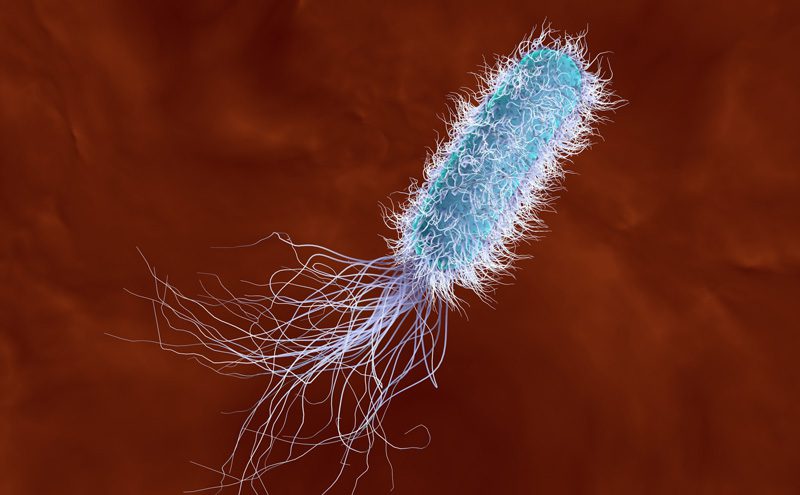
IDEXX, a specialist in microbiological testing for water, has announced that the Pseudalert® test, for the 24 hour detection of Pseudomonas aeruginosa (P. aeruginosa), has been accepted by the UK Standing Committee of Analysts (SCA) for the analysis of drinking water, and is now specified as a recommended method in the Committee’s “blue book” publication of “The Microbiology of Drinking Waters Part 8 – Methods for the isolation and enumeration of Aeromonas and Pseudomonas aeruginosa (MoDW)” 1 .
“Pseudalert is an effective test which detects P. aeruginosa quickly, and gives definitive, easy to interpret results,” commented Andrew Headland, Senior Business Manager, for IDEXX EMEA. “The inclusion of Pseudalert in the ‘blue book’ for drinking water is an important regulatory step, and allows the test to be used not only for mains drinking water testing, but also for testing within healthcare environments where vulnerable populations are more susceptible and more at-risk to Pseudomonas infections.”
This is the latest acceptance for Pseudalert, having previously been approved as an alternative method for the testing of drinking water in Germany2 and certified by NF validation by AFNOR in France3. Being specified within “The Microbiology of Drinking Water Part 8,” now means Pseudalert is fully validated to be used to undertake the microbiological examination of water samples for P. aeruginosa in a UK healthcare environment, under the guidelines laid out in the “Health Technical Memorandum 04-01 Part B: Safe water in healthcare premises.” 4 Published comparative studies, carried out at independent laboratories, showed positive results for Pseudalert against current agar-based methods.5
Consistent with other IDEXX Water tests, Pseudalert is said to be simple to use, delivering definitive results with no additional confirmation steps, while minimising the risk of false positives from non-target organisms.
Launched in 2011, the IDEXX Pseudalert test is based on a bacterial enzyme detection technology that signals the presence of P. aeruginosa through the hydrolysis of a substrate in the Pseudalert reagent. P. aeruginosa cells rapidly grow and reproduce using the rich supply of amino acids, vitamins and other nutrients present in the Pseudalert reagent. Actively growing strains of P. aeruginosa have an enzyme that metabolises the substrate in the reagent to produce blue fluorescence under ultraviolet light.
Where quantification of a sample is required, IDEXX has developed a simple device known as a Quanti-Tray®, which consists of 51 individually sealable cells. The Quanti-Tray can also be incubated for 24 hours after which the fluorescent cells can be counted and quantified by reference to a Most Probable Number (MPN) table.
Pseudalert detects P. aeruginosa at 1 CFU in either 100-ml or 250-ml water samples, and gives a confirmed result within 24 hours.
The acceptance of Pseudalert by the SCA means it joins several other IDEXX tests, Colilert®-18, Enterolert®-DW, Quanti-Disc® and Filta-Max® as methods specified within the “blue book” to detect microbiological contamination of drinking water (respectively Part 4, part 5, Part 7 and Part 14). Colilert-18 detects coliform bacteria and Escherichia coli, and in 2012 became the ISO 9308-2 reference method. Enterolert-DW is used for the isolation and enumeration of enterococci, whereas Quanti-Disc is an automated method for total viable count of heterotrophic bacteria. Filta-max is the world’s leading system for both the capture and recovery of Cryptosporidium and Giardia in water sampling.






